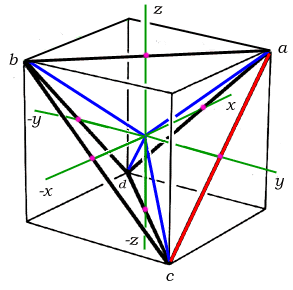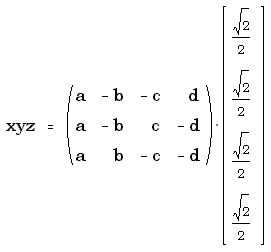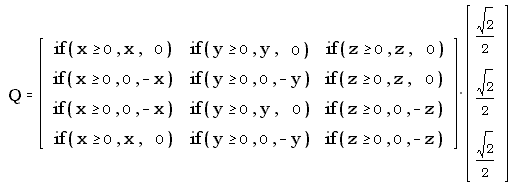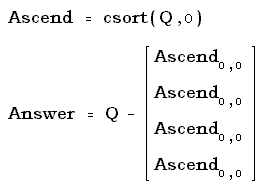Quadrays and XYZ
by Kirby Urner
First posted: October 16, 1997
Last revised: October 30, 1997
We can formalize the relationship between quadray and xyz
coordinates by adopting conventions of both relative scale
and orientation. Once these relationships have been
specified, algorithms for between these two schemes may then be
spelled out in detail.
When it comes to scale, we have
previously defined a logical set of edge lengths which uses the
primitive, unit-volume regular tetrahedron of the synergetics concentric hierarchy as the outer
frame, with the four basis radials (three of them shown at right,
in blue) congruent to A module edges running from the
tetrahedron's center of gravity to its four vertices.
Since this primitive tetrahedron is formed by the centers of
four closest packed unit-radius spheres, we have six edges of length 2.
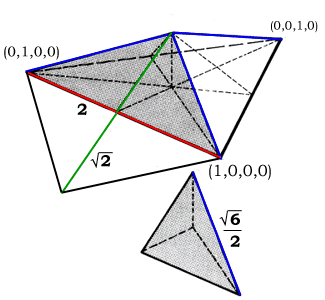
On the orientation front, we have several options as to how
we choose to embed the primitive tetrahedron in an xyz cube with
face diagonals of length 2. In the
diagram below, an orientation was chosen such that quadray (1,0,0,0) would have all positive xyz
coordinates.
